Conclusion
Pros
- Ruggedly built body with excellent grip that feels great in the hand
- Well placed controls make shooting easy
- Outstanding electronic viewfinder (EVF) that is big, clear and beautiful
- Full-frame sensor yields exceptional RAW image quality with tons of detail, amazing dynamic range and excellent noise control
- Autofocus is quick and accurate, and yields usable continuous AF as well
- Rear tilt screen is bright and clear
- Wi-Fi works well and allows for remote control of the camera and image transfer with ease
- Provides a great platform for adapting manual focus lenses
Cons
- JPEG quality is a big letdown with tons of artifacts and smoothing issues
- Automatic white balance is poor, yielding images with notable color casts out of camera
- Focus peaking works well for visibility, but isn’t particularly precise
- Only 2.5 frames per second in autofocus tracking mode
- Startup takes a while and there is some shutter lag
- Shutter is loud
- Battery life is mediocre
- No touch screen
The A7 has been billed as a revolution in the industry. I’m not sure it’s quite up to that level, but it certainly does move the goalposts a bit. Overall, Sony has made an extremely compelling camera in the A7. When I tested the NEX-7 last year, I was left feeling that it was a very good camera, but I never took to it. I didn’t enjoy shooting the NEX-7, and I feared the same would be true with the A7, but I was pleasantly surprised. With the A7, Sony has created a camera that has a brilliant viewfinder, excellent ergonomics and an outstanding sensor. The resulting experience is unique in the mirrorless world.
On the image quality front, the RAW files are the best on any mirrorless camera I’ve ever tried, and I’d imagine only the A7r will meet or exceed that level in the near term. Images have excellent dynamic range, great noise control and lots of detail. On the downside, the JPEG engine that Sony is using is downright awful, which is a big disappointment.
The A7 may not be the world’s most responsive camera, but it succeeds in that department by never getting in the way. As a result, it’s a pleasure to shoot with. There are definitely some improvements to be made here, but there’s no denying that the A7 is a powerhouse imagine machine with great autofocus and even better image quality. The A7 is a great camera and a wonderful start to Sony’s new full-frame lineup.
Image Samples
Click on any image to enlarge
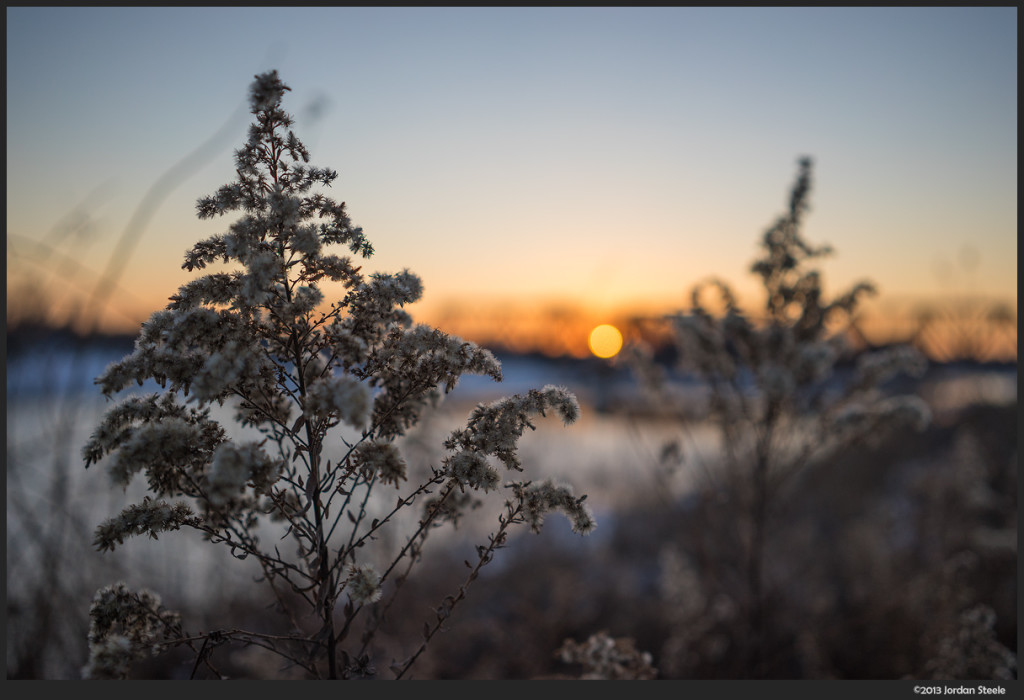


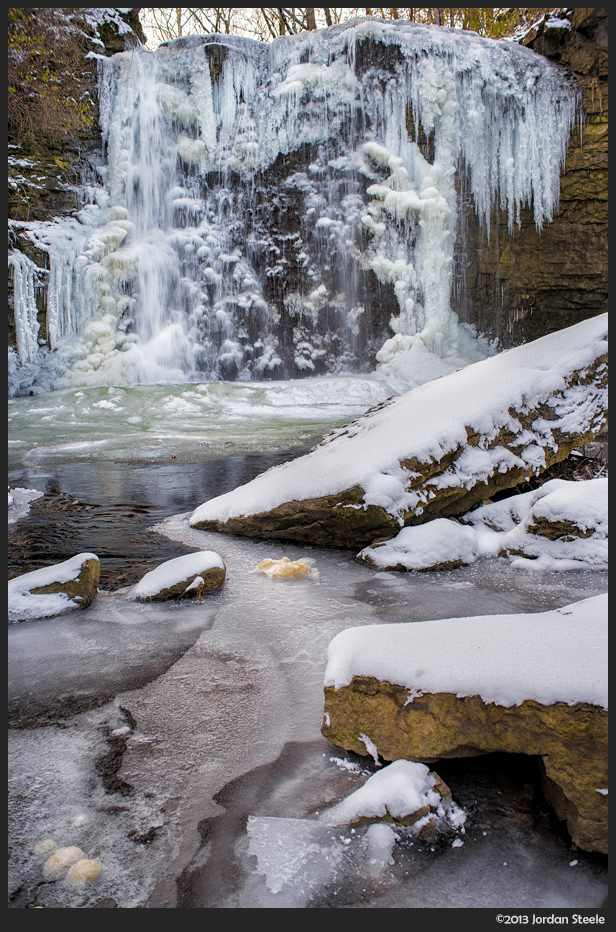
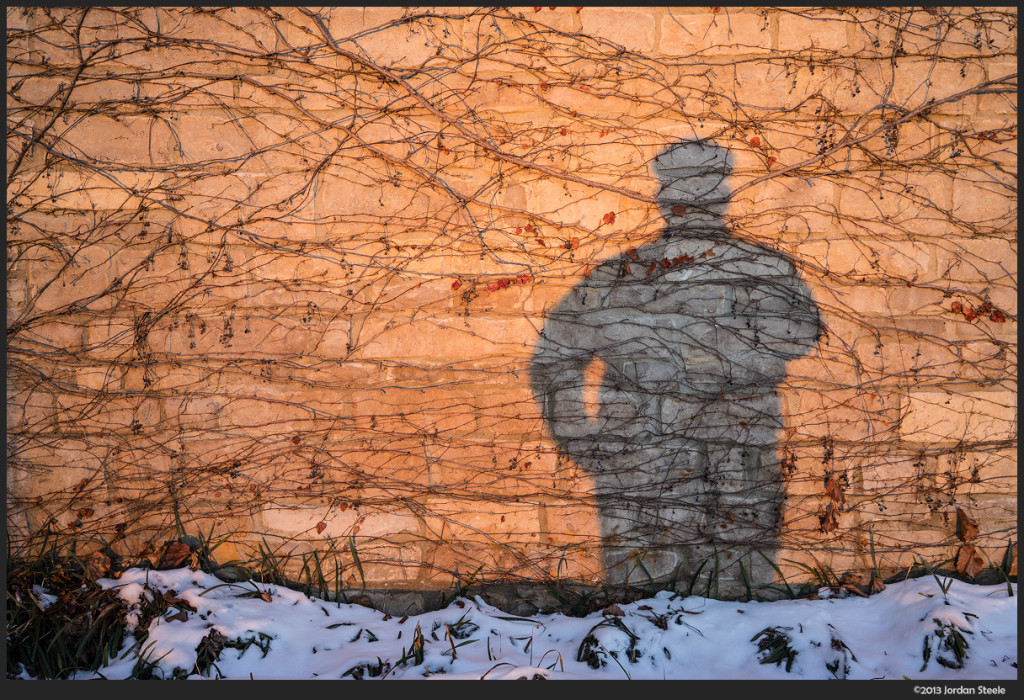
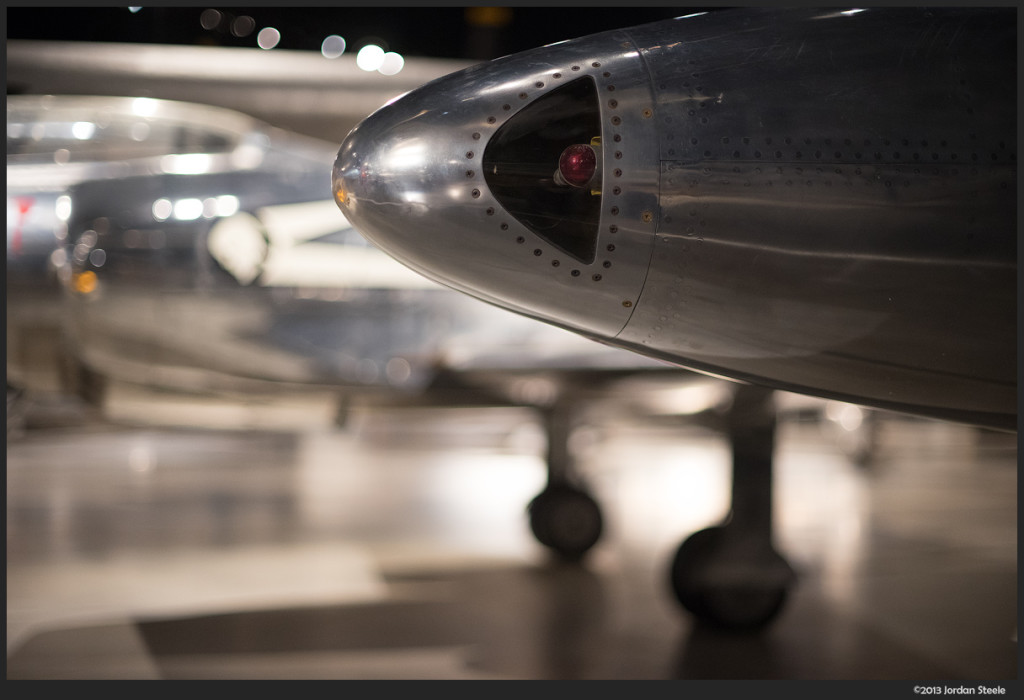

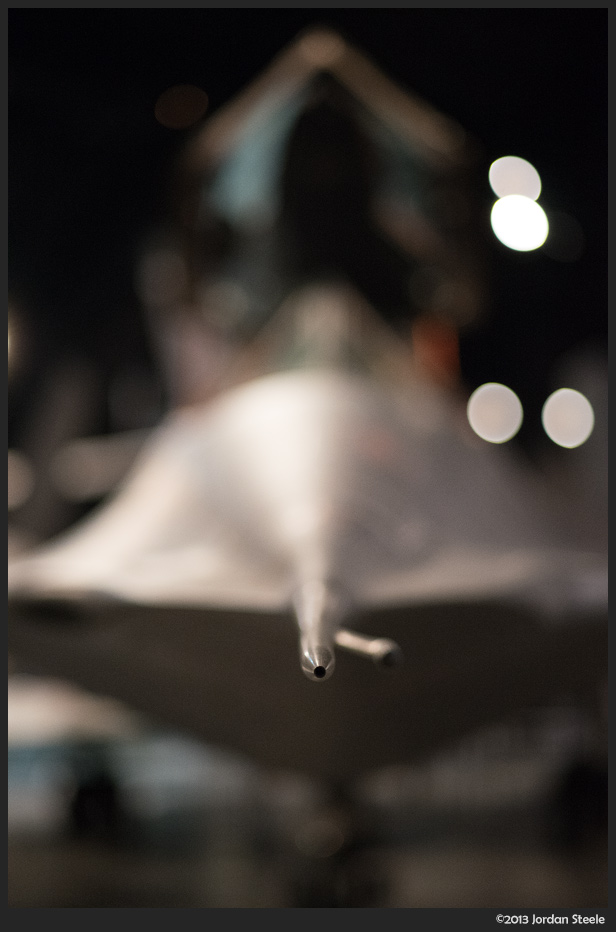





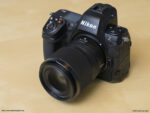
Leave a Reply